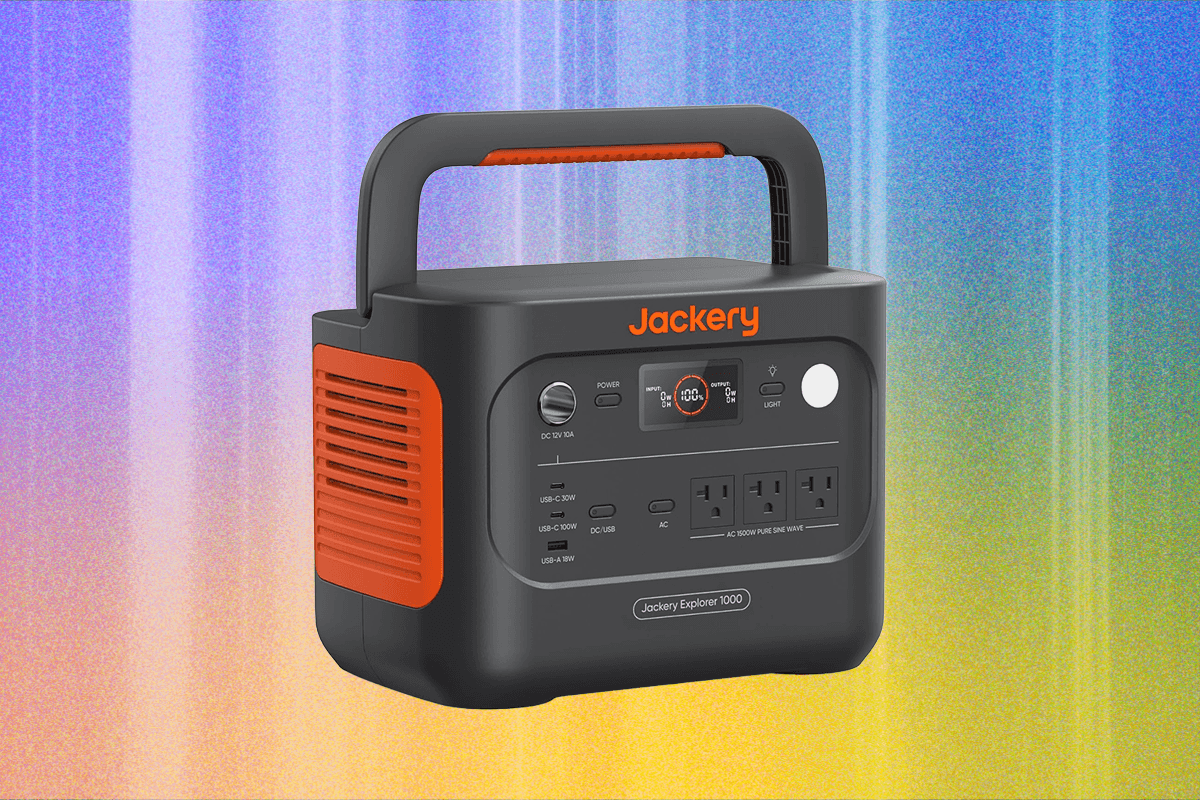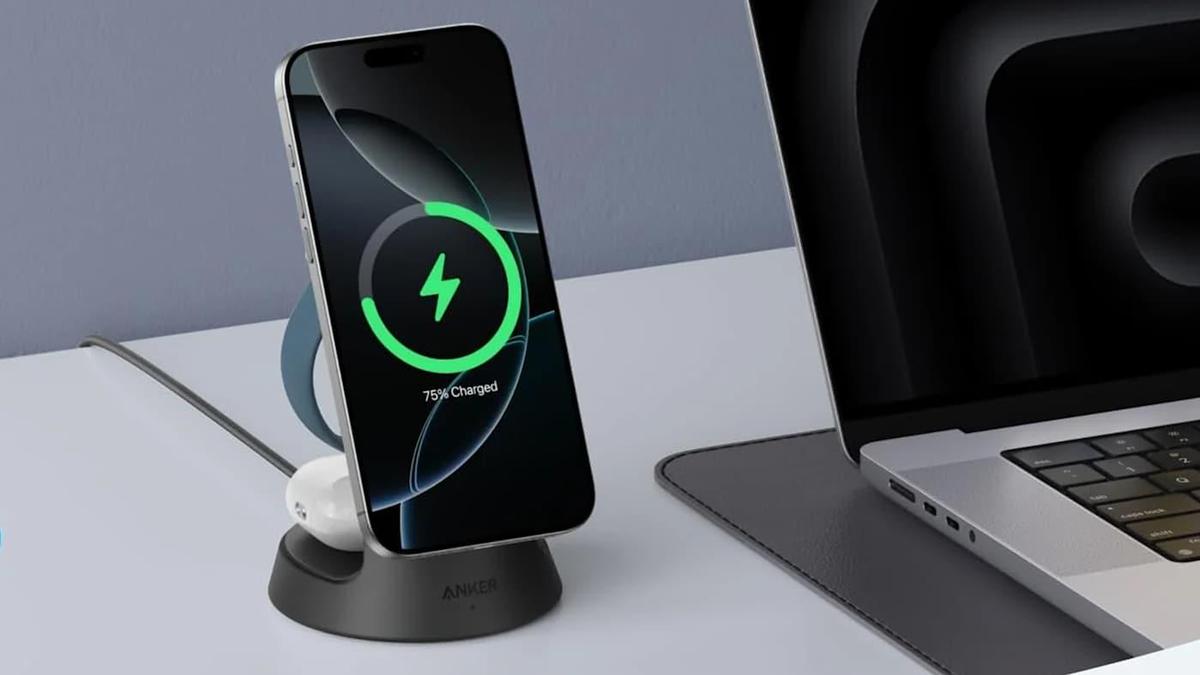Catch the Perseids: See Bright Fireballs in August’s Meteor Shower
Catch the Perseids: See Bright Fireballs in August’s Meteor Shower
Get ready, stargazers! The Perseids meteor shower is here, offering a chance to witness a spectacular light show. Even though the peak has passed, you can still catch some bright fireballs streaking across the night sky. This annual event is a favorite because it happens in the summer, making for comfortable viewing conditions. Let’s dive into how you can still enjoy this celestial display.
[Include Image of Perseids Meteor Shower]

What Makes the Perseids Special?
The Perseids are known for two main reasons:
- Bright Fireballs: These meteors aren’t your average shooting stars. They’re larger and explode as they enter the Earth’s atmosphere, creating brilliant flashes of light.
- High Activity: During its peak, the Perseids can produce a high number of meteors per hour. While the peak has passed, you can still see a decent number on clear nights.
The Science Behind the Show
The Perseids originate from the 109P/Swift-Tuttle comet. As Earth orbits the sun, it passes through the comet’s tail, which is full of dust and debris. These particles enter our atmosphere at high speeds, creating the streaks of light we see as meteors. The comet itself takes 133 years to orbit the sun, with its last closest approach in 1992. So, we’re stuck with its dusty leftovers for now, which isn’t a bad thing!
How to Maximize Your Viewing Experience
Even though the peak viewing nights of August 12th and 13th have passed, you can still increase your chances of seeing meteors. Here’s how:
Escape Light Pollution
This is the most crucial step. City lights severely limit what you can see. The further you get away from urban areas, the more meteors you’ll spot. Bill Cooke, lead of NASA’s Meteoroid Environments Office, notes that city dwellers might only see a handful of meteors compared to those in dark, rural locations.
Know Where to Look
The Perseids appear to originate from the constellation Perseus, which rises in the northeastern sky. Even though the meteors will streak across different parts of the sky, focusing on the general direction of Perseus can help you spot more.
Be Patient
Meteor watching requires patience. Give your eyes at least 20-30 minutes to adjust to the darkness. Avoid looking at your phone or other bright lights during this time. The longer you observe, the more likely you are to see a meteor.
Consider the Moon
The moon’s brightness can wash out fainter meteors. Unfortunately, the Perseids occur close to a full moon, which may reduce the number of visible meteors. However, brighter fireballs should still be visible.
Practical Tip: Use a Sky Map App
Apps like Stellarium can help you locate the Perseus constellation and other celestial objects in the night sky. These apps use your location and the time to provide an accurate map of what you should be able to see.
What to Expect After the Peak
While the peak offers the highest concentration of meteors, the Perseids shower lasts from July 17th to August 23rd. This means you still have a chance to see meteors, though at a lower rate than during the peak. Don’t be discouraged if you don’t see dozens of meteors per hour; even a few sightings can be a memorable experience.
Unique Insights and Analysis
The Perseids meteor shower is more than just a pretty light show. It’s a reminder of our place in the solar system and the constant dance of celestial bodies. The dust and debris left behind by Comet Swift-Tuttle have been creating this spectacle for centuries, and it will continue to do so for years to come. As technology advances, we may even develop new ways to observe and study meteor showers, gaining a deeper understanding of the universe around us.
FAQ About the Perseids
Q: When is the best time to view the Perseids? A: While the peak was around August 12-13, you can still see meteors until August 23rd.
Q: Do I need a telescope? A: No, telescopes actually restrict your field of view. Binoculars can help, but your naked eye is the best tool for meteor watching.
Q: What if it’s cloudy? A: Unfortunately, clouds will block your view. Check the weather forecast before heading out.
Q: Is there anything else I should bring? A: A blanket or chair for comfortable viewing, insect repellent, and a thermos of hot chocolate are all good ideas.
Key Takeaways
- The Perseids meteor shower offers a chance to see bright fireballs.
- Escape light pollution for the best viewing experience.
- Look towards the constellation Perseus in the northeastern sky.
- Be patient and allow your eyes to adjust to the darkness.
- Even after the peak, you can still catch some meteors.
Don’t miss out on this opportunity to witness a stunning natural phenomenon. Grab your friends or family, find a dark spot, and look up!
Source: CNET



